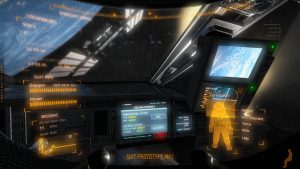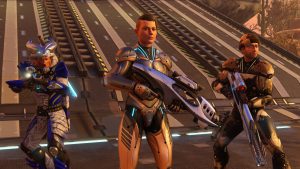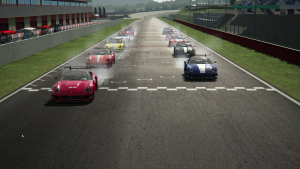The desire to explore new places
During my ongoing literature review I often discover interesting facts about things I’ve never thought about. Sometimes I can connect these facts with my own observations: The result is mostly a completely new idea why things are as they are. Maybe these ideas are new to you, too. Therefore I’ll share my new science based knowledge with you!
This week: This time, I think about my ambition to explore new places and the resulting preference for open world computer games.
Spending time in the nature and exploring new places belong to my favorite hobbies. Constantly, I am driven by my own curiosity, the ambition to reach places unknown to me and the desire to experience challenging environmental conditions. For instance, every time I can venture into a new forest or ascent to the top of a new mountain, I am really excited and enjoy every second of those small adventures. In the end, it is all about of experiencing and discovering new things, finding ways to reach distant places and, ultimately, learning more about myself.
This personality trait probably is also the reason why open world games are my favorite computer game genre as they provide the players with huge and vivid worlds they can explore without any restrictions. For instance, I can easily spend many days in Minecraft by just walking around in order to discover unique and beautiful places in the procedurally generated worlds. Naturally, those games are not only about the exploration of the virtual worlds as they often evolve around a certain narration (e.g. Skyrim) thus giving the players clear tasks they have to complete in order to proceed with the story. However, in contrast to linear games, the players can choose how and when they want to continue with the main story and hence I often get sidetracked as continue to explore the virtual worlds instead of proceeding with the story line.

Skyrim
Unfortunately (or better luckily?), exploring the virtual worlds is still far away from the exploration of the real world. Of course, the audiovisual representations can be very realistic and immersive, but all my other senses are not involved when I discover a new virtual environment. Experiencing the environment with all my senses is, however, very important to me. For instance, I like the feeling of a refreshing breeze after I reached the top of a mountain or the warmth of the sun when I find a clearing in a dark and chilly forest. Only the feedback from all my senses allows me to really experience and grasp the environment around me.

The excitement of discovering new places.
In the end, I will always prefer to explore places in the real world, but in times when this is not possible, exploring virtual worlds can satisfy my desire of discovering new places and enjoying fantastic views over beautiful landscapes.





